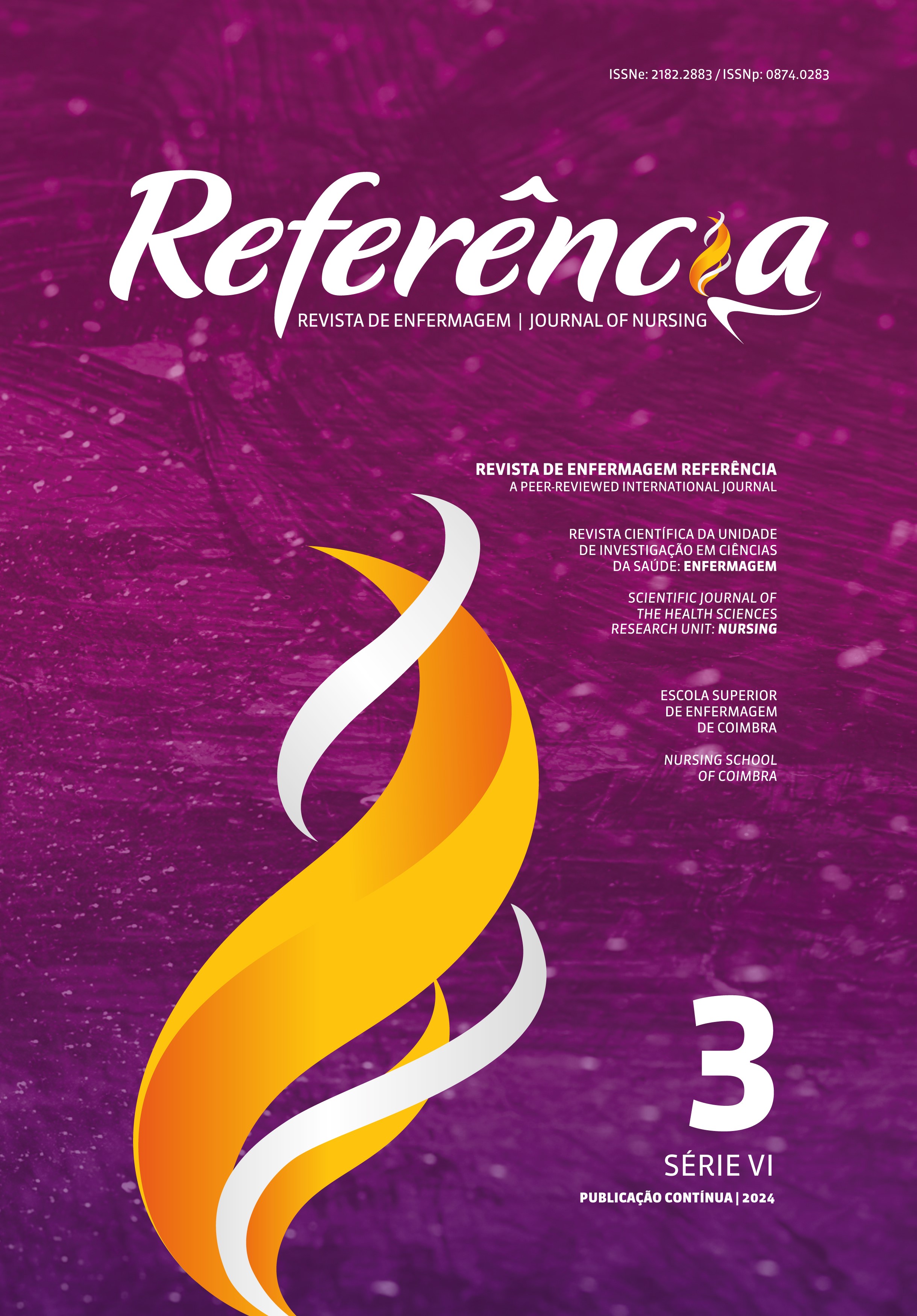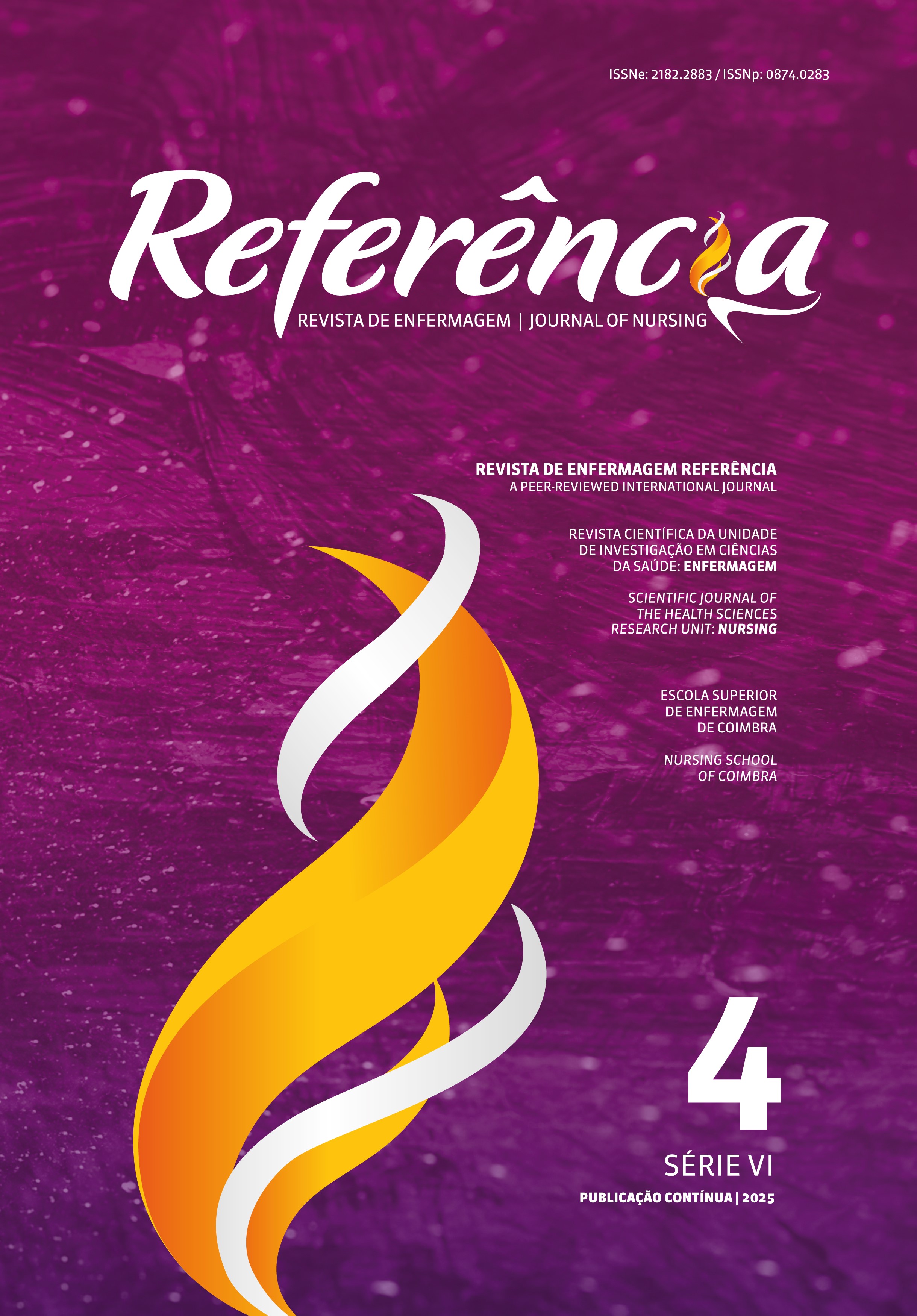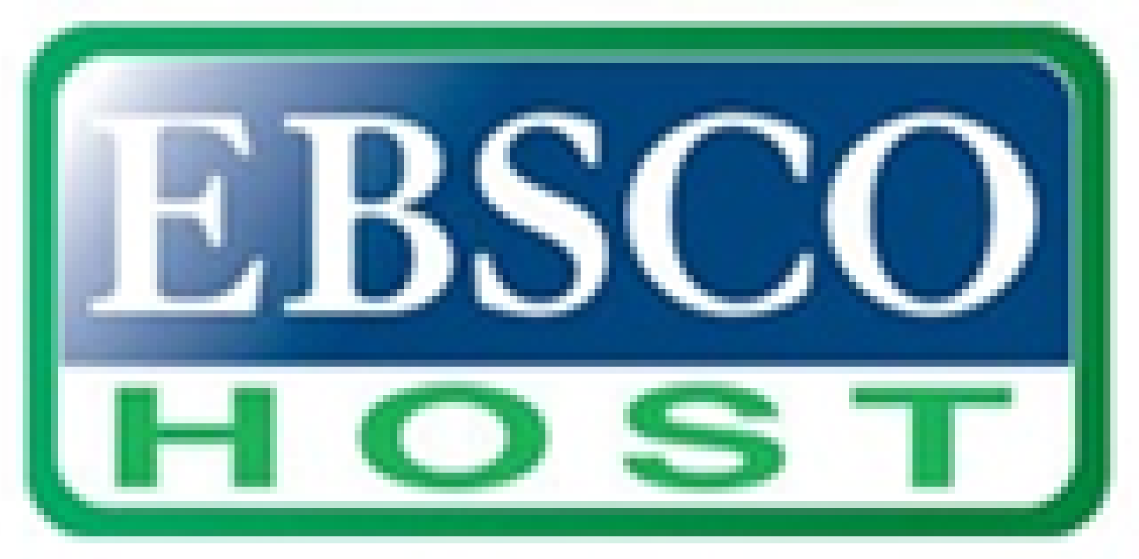Pósvenção: Perceções de estudantes e profissionais de saúde sobre um cenário de aprendizagem baseado em telesimulação
DOI:
https://doi.org/10.12707/RVI24.71.36583Palavras-chave:
luto, suicídio, treinamento por simulação, estudantes, profissionais de saúdeResumo
Enquadramento: As perceções de estudantes e profissionais da saúde sobre o design de uma telessimulação sobre a posvenção contribuem para avaliar sua utilização no ensino em saúde.
Objetivo: Compreender perceções de estudantes e profissionais da saúde sobre fatores relacionados com o design de um cenário para o ensino baseado em telessimulação sobre a posvenção.
Metodologia: Estudo transversal com uma amostra de conveniência não-probabilística de 60 estudantes e profissionais de saúde. Os dados foram recolhidos remotamente através da Escala do Design da Simulação, um instrumento de caracterização e avaliação de cursos. Os dados foram analisados com estatísticas descritivas e análise de regressão.
Resultados: Os participantes atribuíram maiores médias ao fator realismo e menores aos fatores de apoio e resolução de problemas. Houve concordância sobre o impacto do feedback e reflexão. Formação em psicologia e problemas com internet estiveram associados ao desfecho do estudo.
Conclusão: As perceções dos participantes reforçam as vantagens da telessimulação no ensino sobre posvenção, embora revelem barreiras que indicam a necessidade de futuros estudos sobre essa estratégia.
Downloads
Referências
Almeida, R. G., Mazzo, A., Martins, J. C., Pedersoli, C. E., Fumincelli, F., & Mendes, I. A. C. (2015). Validation for the Portuguese language of the Simulation Design Scale. Texto & Contexto Enfermagem, 24(4), 934–940. https://doi.org/10.1590/0104-0707201500004570014
Bartone, P. T., Bartone, J. V., Violanti, J. M., & Gileno, Z. M. (2019). Peer support services for bereaved survivors: A systematic review. Omega, 80(1), 137–166. https://doi.org/10.1177/0030222817728204
Costa, R. R., Medeiros, S. M., Coutinho, V. R., Veríssimo, C. M., Silva, M. A., & Lucena, E. E. (2020). Clinical simulation in cognitive performance, satisfaction and self-confidence in learning: A quasi-experimental study. Acta Paulista de Enfermagem, 33, eAPE20180123. http://dx.doi.org/10.37689/actaape/2020AO01236
Daly, K. A., Segura, A., Heyman, R. E., Aladia, S., & Slep, A. M. (2024). Scoping review of postvention for mental health providers following patient suicide. Military Medicine, 189(1-2), e90–e100. https://doi.org/10.1093/milmed/usac433
Dantas, E. S., Bredemeier, J., & Amorim, K. P. (2022). Survivors bereaved by suicide and the possibilities of postvention within Brazilian public health. Saúde e Sociedade, 31(3), e210496en. https://doi.org/10.1590/S0104-12902022210496en
Dias, A. A., Souza, R. S., Eduardo, A. H., Feliz, A. M., & Figueiredo, R. M. (2022). Validation of two clinical scenarios for simulation-based learning for the prevention and control of health care-associated infections. Revista Eletrônica de Enfermagem, 24, 1-16. https://doi.org/10.5216/ree.v24.70072
Faria, J. S., Marcon, S. R., Nespollo, A. M., Santos, H. G., Espinosa, M. M., & Oliveira, K. K. (2022). Attitudes of health professionals towards suicidal behavior: An intervention study. Revista de Saúde Pública, 56, 54. http://doi.org/10.11606/s1518-8787.2022056003320
INACSL Standards Committee, Hallmark, B., Brown, M., Peterson, D. T., Fey, M., & Morse, C. (2021a). Healthcare simulation standards of best practice professional development. Clinical Simulation in Nursing, 58, 5-8. https://doi.org/10.1016/j.ecns.2021.08.007
INACSL Standards Committee, Persico, L., Belle, A., DiGregorio, H., Wilson-Keates, B., & Shelton, C. (2021d). Healthcare simulation standards of best practice facilitation. Clinical Simulation in Nursing, 58, 22-26. https://doi.org/10.1016/j.ecns.2021.08.010
INACSL Standards Committee, Miller, C., Deckers, C., Jones, M., Wells-Beede, E., & McGee, E. (2021c). Healthcare simulation standards of best practiceTM outcomes and objectives. Clinical Simulation In Nursing, 1(58), 40–4. https://doi.org/10.1016/j.ecns.2021.08.009
INACSL Standards Committee, Persico, L., Belle, A., DiGregorio, H., Wilson-Keates, B., & Shelton, C. (2021d). Healthcare simulation standards of best practiceTM facilitation. Clinical Simulation in Nursing, 58, 22-26. https://doi.org/10.1016/j.ecns.2021.08.010
Kim, J. H. (2019). Multicollinearity and misleading statistical results. Korean Journal of Anesthesiology, 72(6), 558-569. https://doi.org/10.4097/kja.19087
McGill, K., Bhullar, N., Batterham, P. J., Carrandi, A., Wayland, S., & Maple, M. (2023). Key issues, challenges, and preferred supports for those bereaved by suicide: Insights from postvention experts. Death Studies, 47(5), 624–629. https://doi.org/10.1080/07481187.2022.2112318
Nascimento, J. D., Oliveira, J. L., Alves, M. G., Braga, F. T., Góes, F. D., & Dalri, M. C. (2020). Debriefing methods and techniques used in nursing simulation. Revista Gaúcha de Enfermagem, 41, e20190182. https://doi.org/10.1590/1983-1447.2020.20190182
Park, S., Hur, H. K., & Chung, C. (2022). Learning effects of virtual versus high-fidelity simulations in nursing students: A crossover comparison. BMC Nursing, 21(1), 100. https://doi.org/10.1186/s12912-022-00878-2
Pedrollo, L. F., Silva, A. C., Zanetti, A. C., & Vedana, K. G. (2022). Creation and validation of a high-fidelity simulation scenario for suicide postvention. Revista Latino-Americana de Enfermagem, 30, e3699. https://doi.org/10.1590/1518-8345.6034.3699
Rigby, R. A., & Stasinopoulos, D. M. (2005). Generalized additive models for location, scale and shape. Journal of the Royal Statistical Society: Series C (Applied Statistics), 54(3), 507-554. https://doi.org/10.1111/j.1467-9876.2005.00510.x
Ruckert, M. L., Frizzo, R. P., & Rigoli, M. M. (2019). Suicide: The importance of new postvention studies in Brazil. Revista Brasileira de Terapias Cognitivas, 15(2), 85-91. http://dx.doi.org/10.5935/1808-5687.20190013
Shneidman, E. (1973). Deaths of man. Quadrangle. Stubbe, D. E. (2023). When prevention is not enough: The importance of postvention after patient suicide. Focus, 21(2),168-172. https://doi.org/10.1176/appi.focus.20230003
Vatcheva, K. P., Lee, M., McCormick, J. B., & Rahbar, M. H. (2016). Multicollinearity in regression analyses conducted in epidemiologic studies. Epidemiology, 6(2), 227. https://doi.org/10.4172/2161-1165.1000227
Vedana, K. G., & Zanetti, A. C. (2019). Attitudes of nursing students toward to the suicidal behavior. Revista Latino-Americana de Enfermagem, 27, e3116. http://dx.doi.org/10.1590/1518-8345.2842.3116
Yasser, N. B., Tan, A. J., Harder, N., Ashokka, B., Chua, W. L., & Liaw, S. Y. (2023). Telesimulation in healthcare education: A scoping review. Nurse Education Today, 126, 105805. https://doi.org/10.1016/j.nedt.2023.105805






















